YEN BAI Since mid-October, the vermicelli village in Quy Mong commune (Tran Yen district) has been bustling with starch processing and vermicelli production to serve the high market demand during Tet.
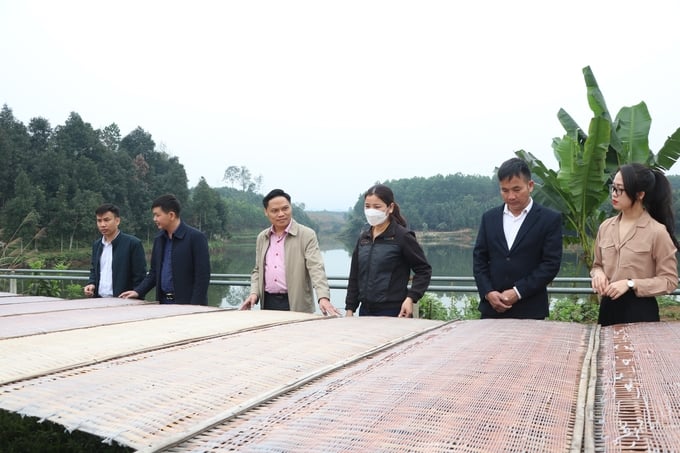
A vermicelli making village is gradually taking shape in Quy Mong commune, Tran Yen district. Photo: Thanh Tien.
Quy Mong Commune is located on the Red River, about 20km from the center of Yen Bai province. This place is gradually forming a craft village producing vermicelli (dong vermicelli) with an increasingly expanding and modern scale, bringing a prosperous life to the people.
A time when vermicelli replaced rice
In the last days of the year of the Cat, we were present in the fields of Thinh An village (Quy Mong commune), only to see a few households harvesting the last rows of arrowroot. Some people were hoeing the land, selecting tubers for the spring crop.
About a month ago, the vast fields along the Red River were covered in the deep green of the galangal plant. When the galangal flowers bloomed bright red, it was time to harvest the tubers. During the galangal root harvest season, young and old, men and women all went to the fields, some plowing, some hoing, bustling, the whole field was filled with chatter. Hundreds of sacks filled with galangal roots were lined up on the fields waiting for trucks to transport them to the place where they were processed and made into starch.
Mrs. Pham Thi Lan in Thinh An village is now in her 70s, but her hands are still nimble in picking up the tubers, pounding the soil, cutting the roots to put them in sacks. Her family grows more than 6 sao of galangal. This year, the weather has been rainy, so the yield has decreased, but the price of galangal has doubled compared to the previous crop, so the income is higher. Each sao (360m2) yields about 3 tons of tubers, with a selling price of 2,500 - 2,700 VND/kg. This year, Mrs. Lan's family earned more than 40 million VND, which will help the family have a more fulfilling Tet.
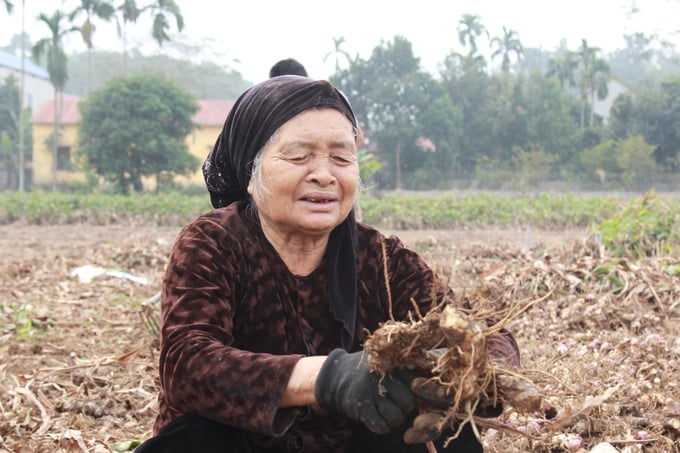
The galangal tree has been associated with Quy Mong people since the famine period. Photo: Thanh Tien.
Smiling gently, Mrs. Lan shared that her family has been growing cassava since the 70s of the last century. In the past, people here only grew cassava with small tubers and many roots, but now people have switched to growing cassava with high yield, large tubers, few roots, and higher productivity. In the past, there were many households in the village growing cassava, mainly in gardens and along streams to process into food. All stages from grinding flour, making vermicelli, and slicing were done manually, mostly in the evening to have enough food to store for the whole family. Instead of rice, vermicelli was often cooked with crabs and fish caught in the fields and ditches, but it still fed a family of more than ten people through difficult times.
For many generations, hundreds of hectares of agricultural land in Quy Mong commune have been fertilized by the Red River with fertile alluvium, suitable for the growth and development of the galangal plant. Every year, people in the commune actively convert ineffective rice fields, garden land, and sandbanks to grow galangal in concentrated areas, maintaining a stable area of 70 - 80 hectares.
Mr. Nguyen Van Vong, a resident of Thinh An village, shared: In the past, there were no vehicles or machines, so expanding the area of galangal cultivation was very difficult, and human resources were not enough. In the past ten years, many households in the locality have purchased machines to transport, process starch and make vermicelli, so people feel secure in expanding the area, and their income is getting better and better.
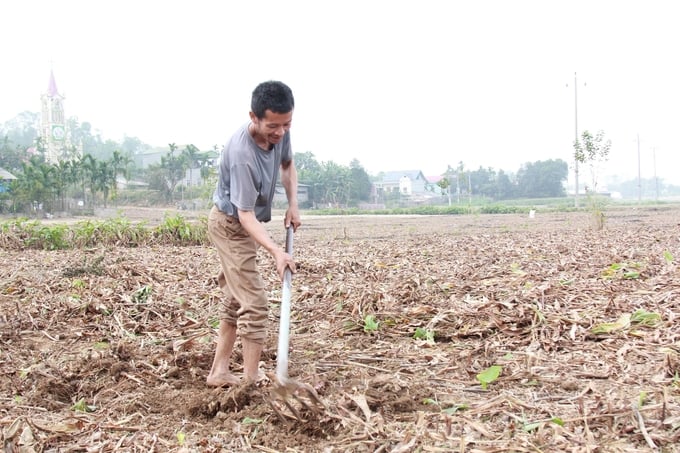
The galangal tree and vermicelli making profession have been associated with the people of Quy Mong commune for many generations. Photo: Thanh Tien.
Galangal is a very easy-to-grow, easy-to-care-for plant with few pests and diseases. Galangal is usually grown in the spring and harvested at the end of the year. In addition to monoculture, galangal can also be intercropped with other crops such as corn, peanuts, and beans. In 2023, Mr. Vong's family planted more than 5 sao of galangal and harvested more than 10 tons of tubers. Households in the village took turns digging up tubers and pounding the soil, then the tubers were bagged right in the field waiting for trucks to transport them to the starch processing factory.
Producing clean vermicelli with modern technology
Currently, Quy Mong commune has 4 flour factories, all of which are invested in complete machinery from the stages of washing and screening tubers, milling, filtering and settling the flour. Each facility can process 15 - 20 tons of tubers and produce more than 4 tons of starch per day, ensuring food hygiene and safety.
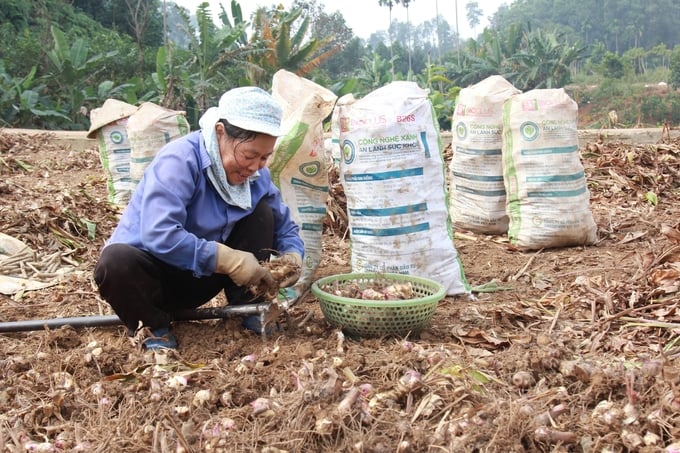
Taro tubers are harvested, bagged, and transported to starch factories. Photo: Thanh Tien.
Mr. Phi Dac Hung - owner of the cassava starch processing facility said that his family has been attached to cassava for 40 years. Currently, each year, Mr. Hung's family grows more than 1 hectare of cassava, harvesting hundreds of tons of tubers. Seeing the increasing demand for starch processing, in 2015, his family invested in opening a workshop to process cassava tubers for his family and other households in need. For every 10kg of tubers, 4kg of starch can be processed. After deducting the cost of renting machinery and labor, the profit is almost double compared to selling tubers.
In the past, most people in Quy Mong only grew galangal for food, and those who grew a lot sold the tubers to galangal starch processing facilities in the lowland provinces such as Hanoi, Hung Yen and some vermicelli-producing villages in Phuc Loc and Gioi Phien communes (Yen Bai city). In the past 5 years, cooperatives and cooperative groups have been established in the commune to produce galangal vermicelli. With the support of the state, vermicelli makers have invested in modern machinery such as boilers, fiber extruders, slicers, cutters, bagging machines, etc.
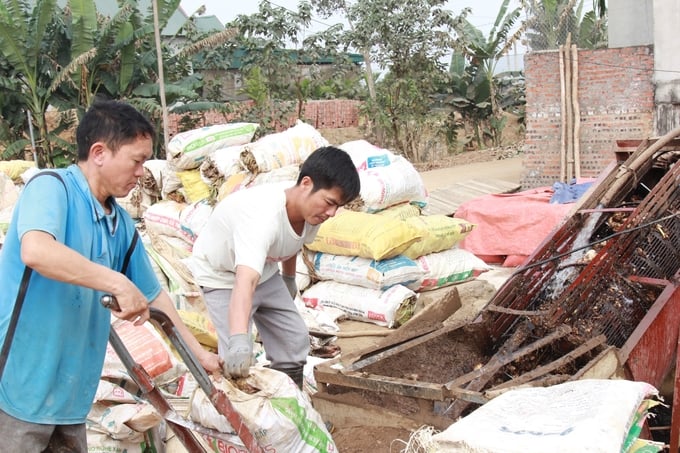
People put the cassava roots into a washing machine before processing into starch. Photo: Thanh Tien.
Mr. Do Danh Toan - Director of Toan Nga Green Startup Cooperative (Quy Mong Commune) shared: His family has been making vermicelli for 40 years. Since childhood, Mr. Toan saw his parents grinding the vermicelli into flour with a foot pedal machine, then the starch was put into a steamer, when the flour was cooked, it was wrapped in a thin plastic bag, brought out to the sun for about 30 minutes, then put into a hand-cranked machine to cut into strands. Each batch of vermicelli only processed a few kilos but it was very hard work.
The vermicelli making profession has been lost for many years, until 2021, Mr. Toan decided to establish a cooperative to produce vermicelli. With modern technology and machinery, vermicelli production has high productivity, guaranteed quality, and more beautiful designs.
According to Mr. Toan, to make delicious vermicelli, villagers use 100% pure galangal powder. The powder is soaked and thoroughly washed to settle, remove impurities, and filtered three times to produce clean starch. Then, put the starch in a pot to cook over a steady fire, stirring continuously so that the raw powder does not settle. When the powder is cooked, it must be immediately put into the mold of the vermicelli press.
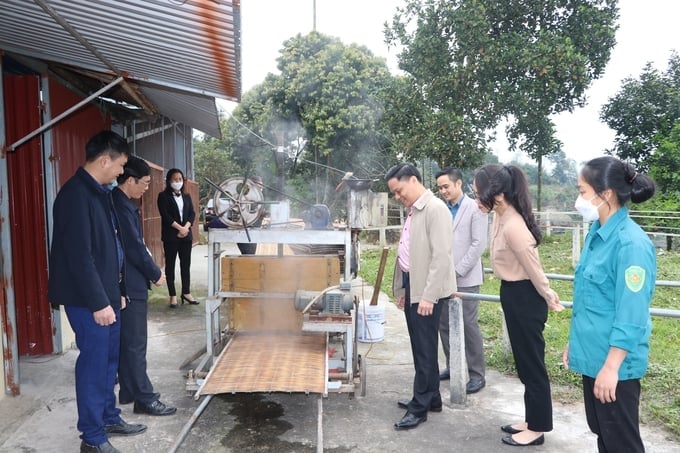
Vermicelli factories have introduced many machines into production, helping to reduce labor time, increase productivity and product quality. Photo: Thanh Tien.
The still steaming vermicelli trays will be taken out to dry in the sun. The drying trays are woven from bamboo and rattan and are cleaned thoroughly. The drying area is usually chosen on the edge of a pond, in a field, or far from traffic routes to avoid dust. After about 3 hours of drying, the vermicelli will be evenly dry, then put into the cutting and packaging machine.
Building 5-star OCOP vermicelli products for export
Quy Mong vermicelli is produced all year round, however the last months of the year are the busiest because people focus on producing Tet goods. Investing in semi-automatic machinery systems in production has helped reduce labor, providing high productivity and guaranteed quality. On average, each facility can produce 300 - 400 kg of vermicelli per day. Quy Mong vermicelli is produced cleanly by cooperatives, without preservatives or additives, so it is clear white, has naturally tough and crispy fibers, and does not become mushy or sticky when overcooked.
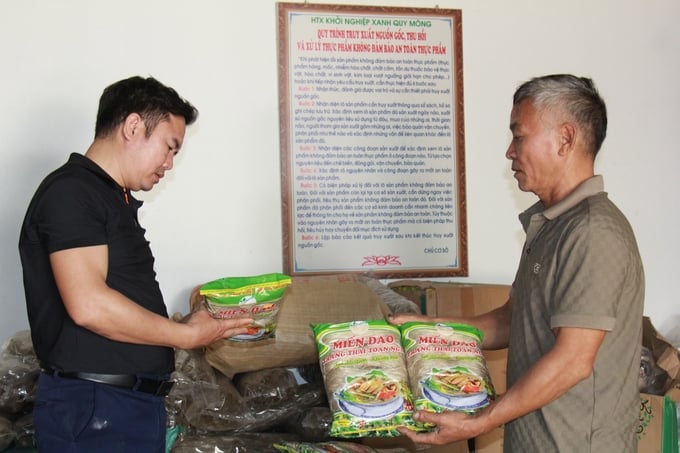
Quy Mong Commune will upgrade its OCOP vermicelli product to 5 stars to find export markets and increase its value. Photo: Thanh Tien.
The gradual formation of vermicelli villages not only helps preserve the traditional craft but also creates jobs for people to have a regular income. During the holidays, the vermicelli business becomes even more vibrant thanks to the quality products, reasonable prices, and the ability to prepare many delicious dishes.
Thanks to the application of science and technology, the introduction of machinery into production, the profession of growing and making vermicelli is increasingly developing. In the coming time, Quy Mong commune is encouraging people to maintain and expand the area, developing the growing area according to VietGAP standards. In addition, coordinating with functional sectors and entities to upgrade OCOP products from 4 stars to 5 stars to export traditional vermicelli products.
Mr. Tran Van Chung - Chairman of Quy Mong Commune People's Committee said that the commune currently has 4 cooperatives and cooperative groups producing vermicelli. Thanks to improved designs and quality, the average price of vermicelli is from 60,000 - 70,000 VND/kg. There are 2 vermicelli products of Viet Hai Dang Cooperative and Toan Nga Green Startup Cooperative that have been recognized as OCOP products at the provincial level. Vermicelli products are regularly promoted and introduced at major fairs and exhibitions in Yen Bai province. Quy Mong's vermicelli products are increasingly asserting their reputation and being favored by consumers, which is the motivation for people in the commune to continue promoting the value and building the brand of traditional products of their homeland.
Source


![[Photo] General Secretary To Lam receives Japanese Ambassador to Vietnam Ito Naoki](https://vstatic.vietnam.vn/vietnam/resource/IMAGE/2025/4/3/3a5d233bc09d4928ac9bfed97674be98)

![[Photo] Prime Minister Pham Minh Chinh chairs meeting after US announces reciprocal tariffs](https://vstatic.vietnam.vn/vietnam/resource/IMAGE/2025/4/3/ee90a2786c0a45d7868de039cef4a712)

![[Photo] Moment of love: Myanmar people are moved to thank Vietnamese soldiers](https://vstatic.vietnam.vn/vietnam/resource/IMAGE/2025/4/3/9b2e07196eb14aa5aacb1bc9e067ae6f)
![[Photo] Special relics at the Vietnam Military History Museum associated with the heroic April 30th](https://vstatic.vietnam.vn/vietnam/resource/IMAGE/2025/4/3/a49d65b17b804e398de42bc2caba8368)












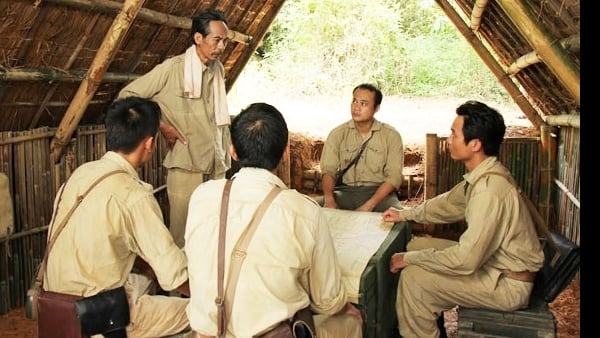







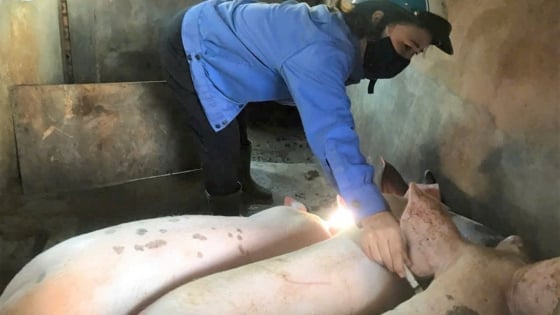

![Positioning the value of Dien Bien rice: [Part 3] The mindset of 'doing right together'](https://vstatic.vietnam.vn/vietnam/resource/IMAGE/2025/4/3/181427c110e349d995e3948f1de05b7d)






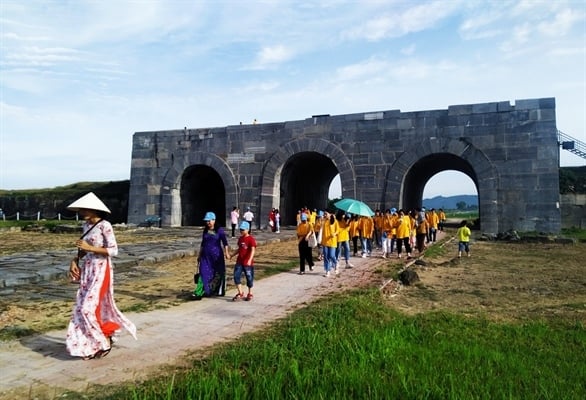

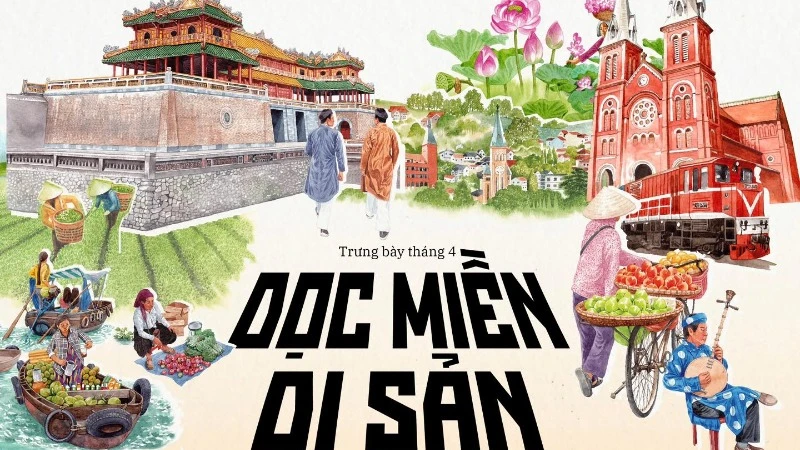

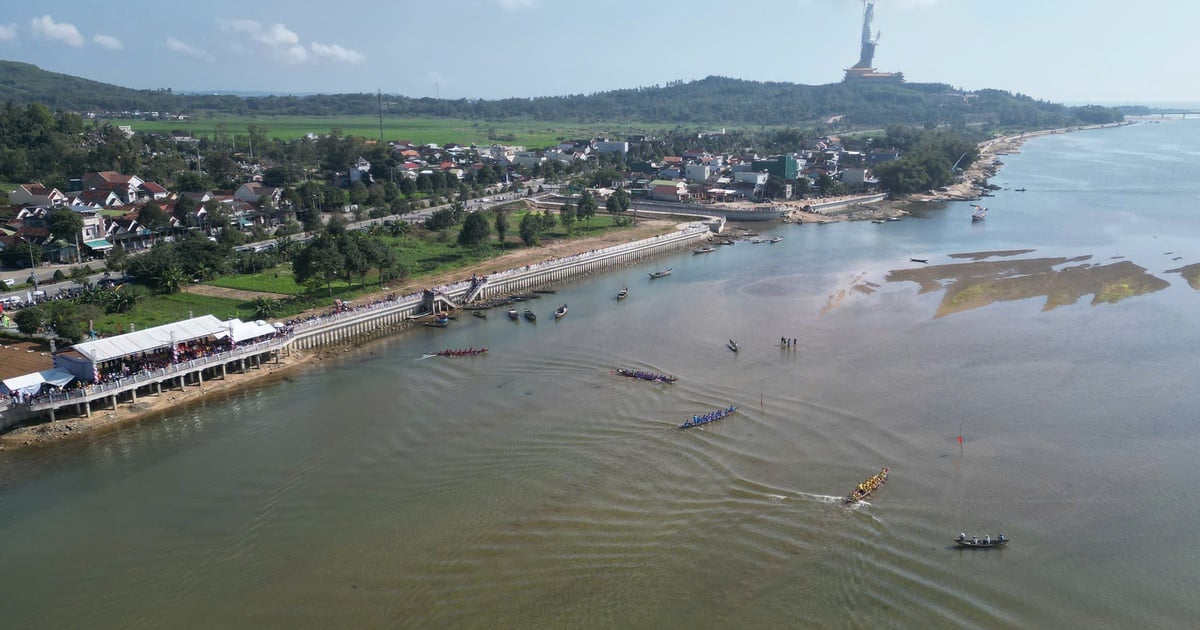



















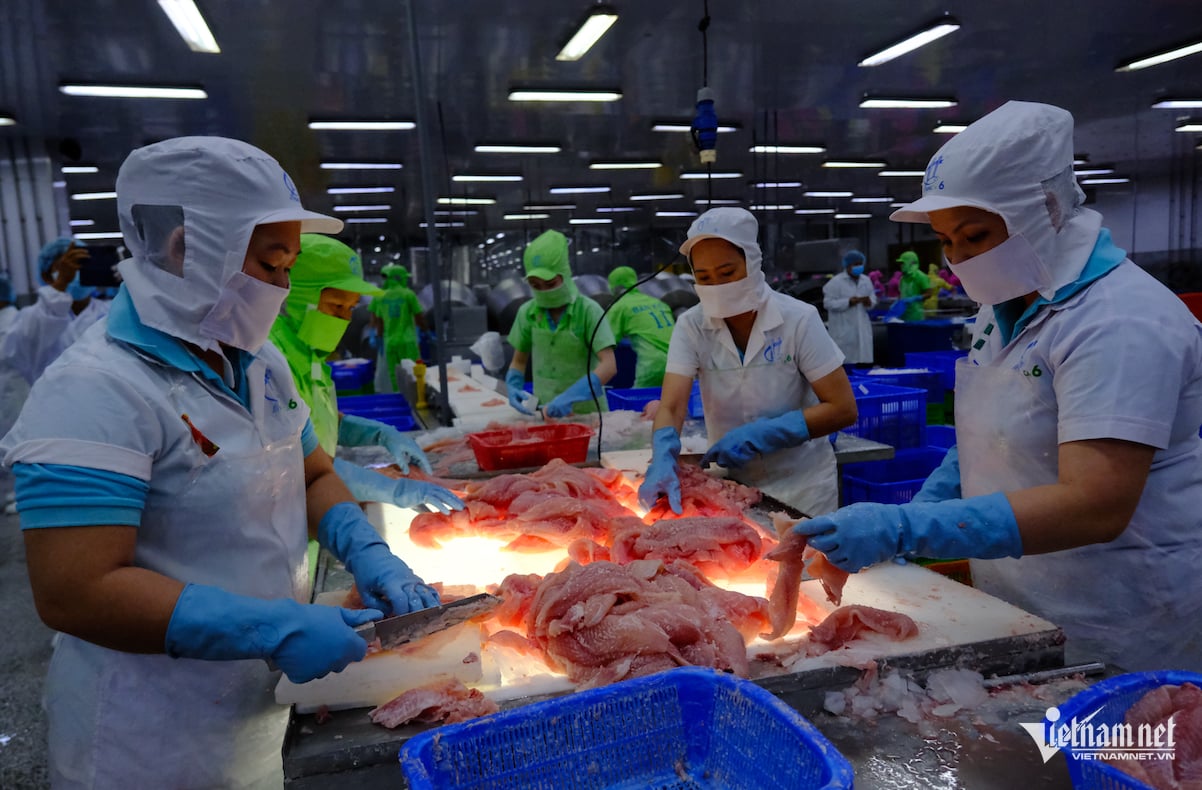















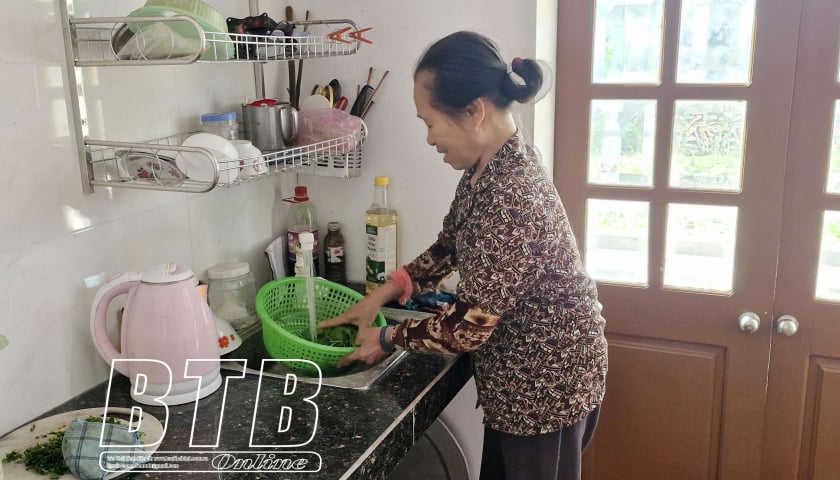



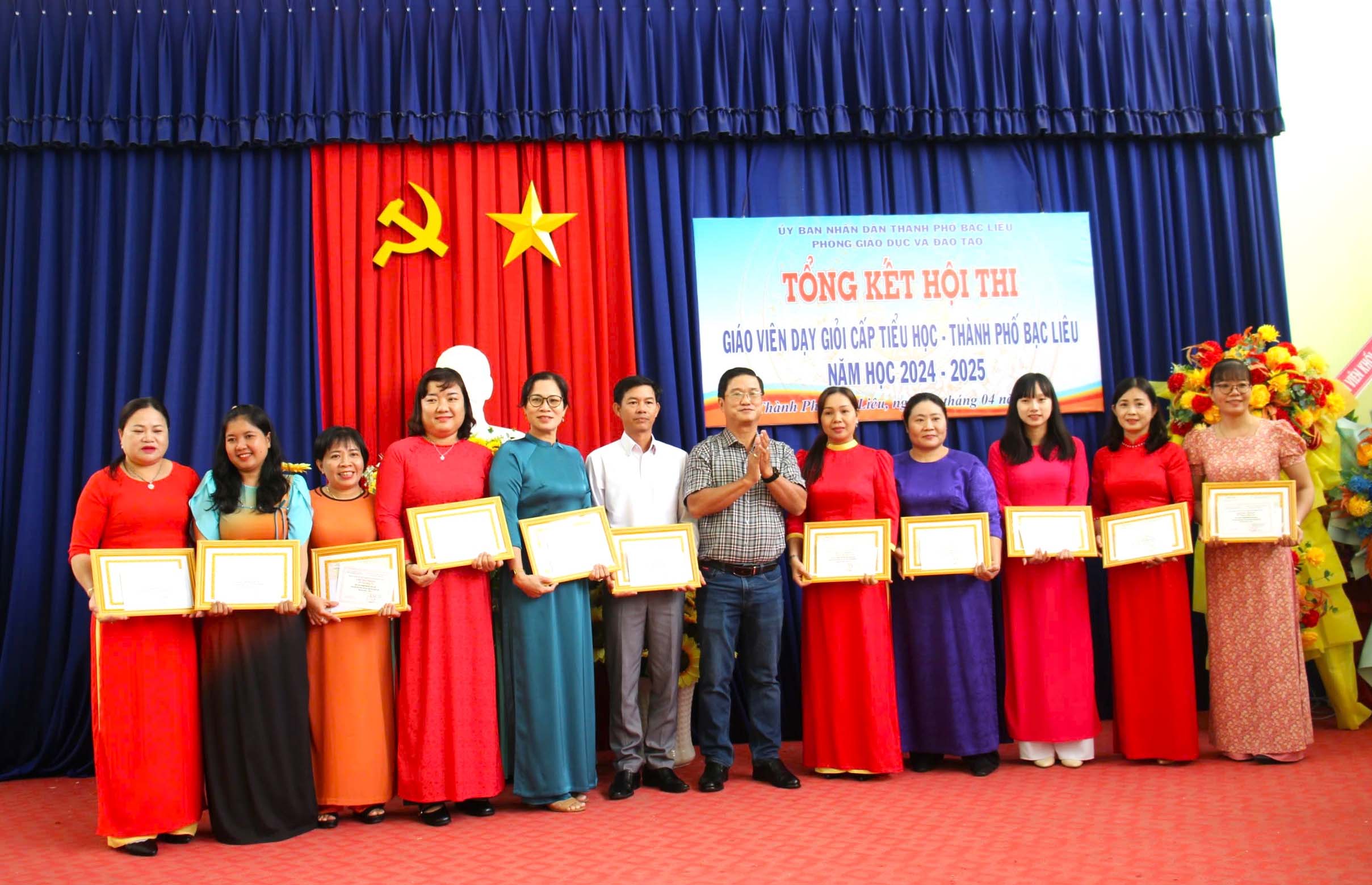

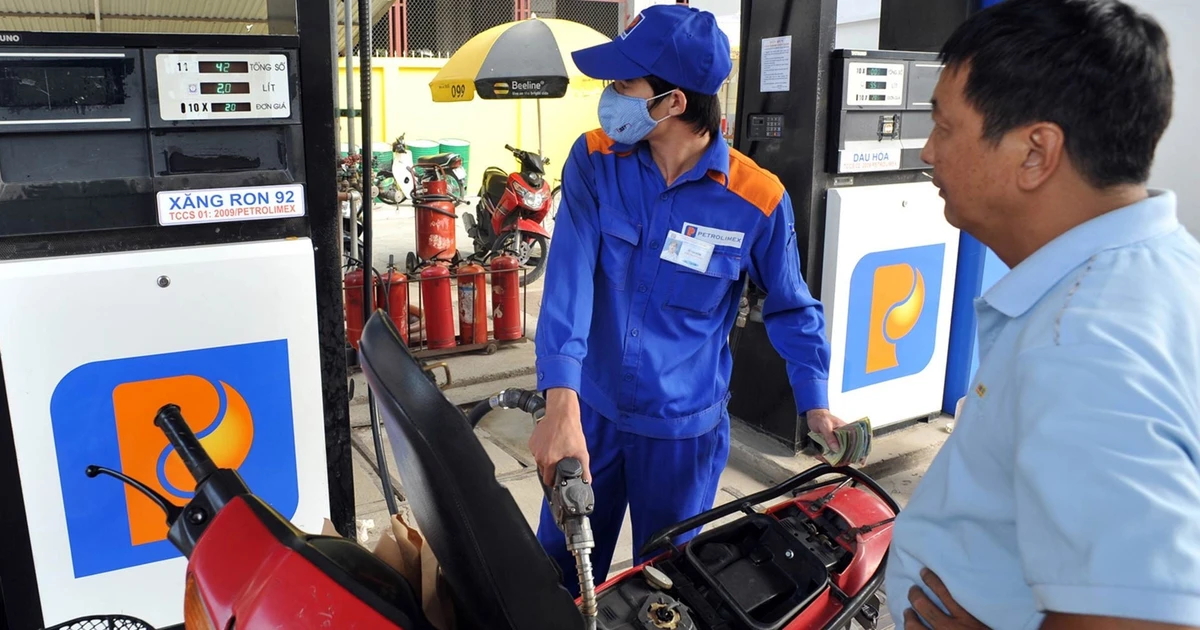










Comment (0)